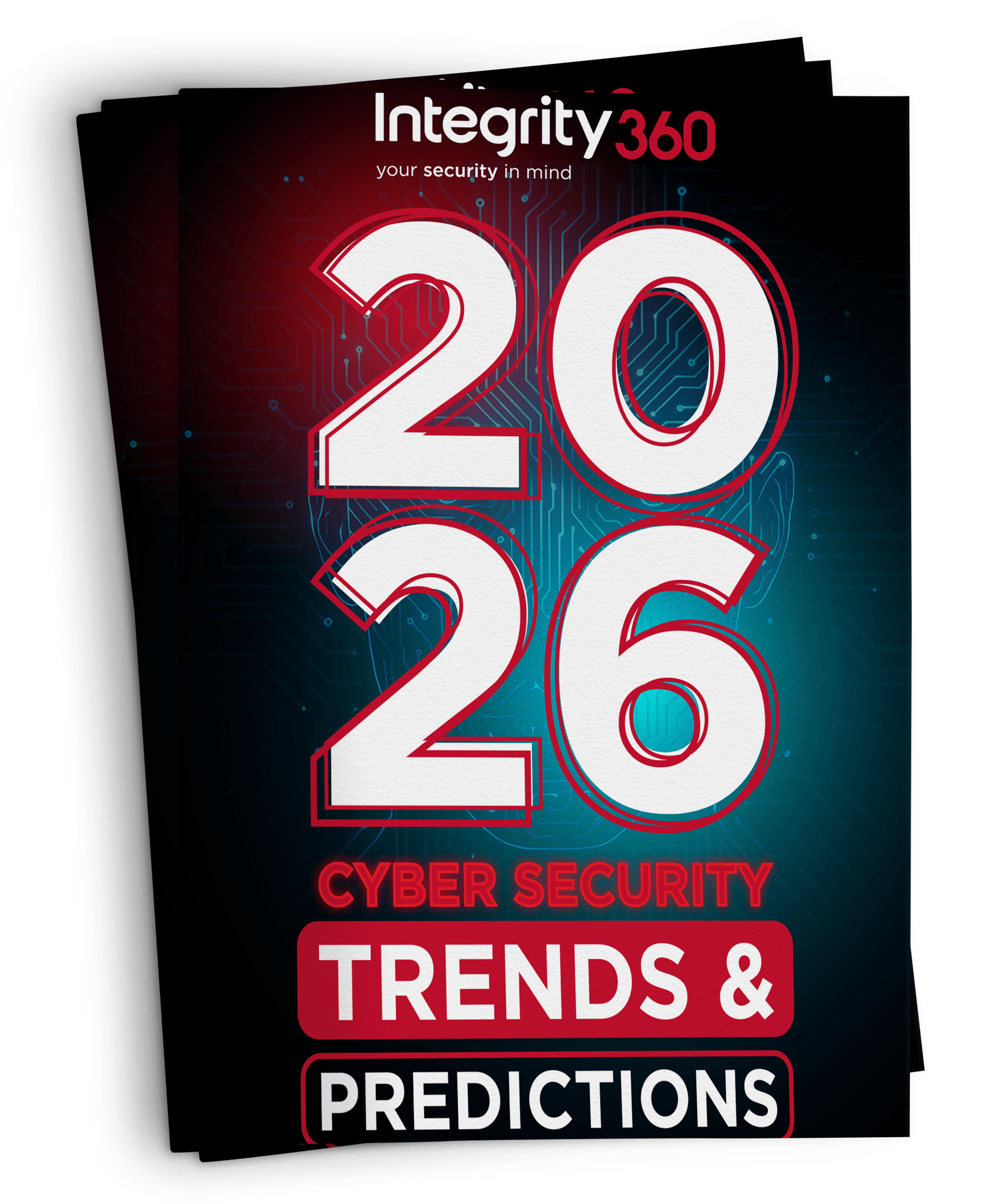Deepfakes are becoming a major cyber security threat
How do you defend against a threat you can’t trust your eyes or ears to detect?
What was once a speculative concern has now become a strategic crisis. Deepfake technology—the creation of hyper-realistic synthetic audio, images, and video using AI—is maturing fast. Threat actors are weaponising it to bypass trust, spoof identities, influence decisions, and manipulate outcomes. The question is no longer if deepfakes will be used in your sector—but when.
In this landscape, your organisation’s ability to perceive reality is under attack. The deepfake era challenges your assumptions about trust, verification, and security.
The deepfake age: from novelty to threat vector
Deepfakes once lived in the realm of entertainment, pranks, or novelty. Today, they appear in boardroom frauds, political manipulation, and targeted deception campaigns.
- A CFO receives a video of the CEO instructing an urgent fund transfer. The image, voice, and cadence are perfect.
- A voice call claims to be from your CISO, demanding password resets to “protect us from a breach.”
- A synthetic video emerges of a public figure making statements they never made—causing reputational and regulatory fallout.
These scenarios are not unrealistic. They reflect the very real dynamics observed in recent cyberattacks, across sectors.
Deepfakes are being deployed in tactics such as:
- Enhancing business email compromise (BEC) with AI-generated voice or video to increase believability
- Disinformation and social engineering campaigns, using fake media to influence stakeholders
- Credential phishing, where synthetic media is used to trick users into revealing credentials or MFA tokens
- Biometric spoofing, where manipulated facial or voice inputs bypass identity systems
Why legacy defences struggle against synthetic deception
Traditional security models assume that what you see or hear is inherently trustworthy—or at least harder to fake. Deepfakes break that assumption.
- Voice biometrics can be convincingly mimicked by AI, undermining voice-based authentication.
- Facial recognition systems can be manipulated by high-fidelity synthetic imagery.
- Human intuition, once a final safety net, struggles when confronted with synthetic realism.
This isn’t just about deception—it’s about misplaced trust. Organisations must shift from trusting signal to demanding proof.
Addressing the deepfake threat — real tactics, real services
Defending against deepfakes requires more than generic cyber controls: it demands strategic deployment of relevant expertise and cyber security services. Here’s how Integrity360’s offerings can be aligned to this challenge:
Managed Security Awareness Service
Instead of sporadic workshops or basic e-learning, employees engage with interactive, scenario-driven modules that reflect the threats they face every day. These are reinforced by targeted reminders and accessible awareness materials that keep security fresh in people’s minds. We know that repetition and relevance are what make new habits stick — and when users see the same types of attacks in real life, they are far more likely to avoid falling victim.
Managed detection & response (MDR)
Our Managed Detection & Response processes help detect anomalies faster than internal teams may catch them.
Incident response
When an attack involving deepfakes hits, time matters. Integrity360’s Incident Response (IR) services swing into action to contain, investigate, and remediate incidents swiftly.
Cyber security testing
You can’t defend what you haven’t tested. Integrity360 offers a full range of penetration testing, red team, IoT/OT testing, social engineering (phishing simulations), and vulnerability assessments. These services help you proactively identify opportunities where deepfake-based attacks might compromise your systems or processes.
Threat exposure / vulnerability management
Through Threat Exposure Management (TEM) services, Integrity360 provides continuous monitoring of attack surfaces — including misconfigurations, shadow IT, and weak links. Use TEM to highlight areas where synthetic deception could slip through.
Managed Digital Risk Protection
A lot of the deepfake threat happens outside your environment — on the dark web, social media, unmonitored channels. Integrity360’s Managed Digital Risk Protection combines threat intelligence, web and dark web monitoring, and actionable alerts. This service helps you stay aware of media impersonation campaigns or spoofed brand presence that signal deepfake activity.
Microsoft security services
Many organisations rely on Microsoft ecosystems (M365, Azure). Integrity360’s Microsoft Security Services support identity protection, endpoint security, and cloud threat analytics. These can help validate identity signals that deepfakes might try to imitate.
Integrate deepfake resilience into practice
Here’s how you can weave deepfake defences into your cyber strategy, using Integrity360’s capabilities:
- Baseline your exposure
Use cyber security testing and threat exposure services to map weak points where synthetic manipulation could be effective. - Strengthen identity verification
Don’t rely on audio or video signals alone. Layer with MFA, challenge-response checks, and cross-channel verification (e.g. “call back on known number”). - Deploy 24/7 detection & monitoring
Through MDR and managed services, maintain continuous surveillance of unusual media communications or anomalies. - Monitor external threat space
Use digital risk protection to detect brand impersonation, fake social profiles, or deepfake imagery circulating externally. - Plan for rapid response
Ensure an Incident Response retainer or emergency service is in place so that, when a deepfake attack occurs, it’s contained, analysed, and remediated fast. - Embed security culture and training
Educate executives, communications teams, boards, and staff to treat audio/video requests with suspicion and follow structured verification protocols. - Update and iterate
With ongoing threat exposure monitoring and periodic testing, stay ahead as deepfake techniques evolve.
Deepfakes are no longer a fringe concern—they’re becoming a central battleground in cyber security. In this environment, the most important question isn’t can we detect every fake? but can we build resilience such that trust is earned, not assumed?
By aligning deepfake-aware strategy with the right mix of detection services, response readiness, threat intelligence, and human discipline, organisations can turn synthetic risk into manageable challenge.
If you’d like to learn more on how Integrity360 can help protect your organisation from deep fake threats get in touch with our experts.







